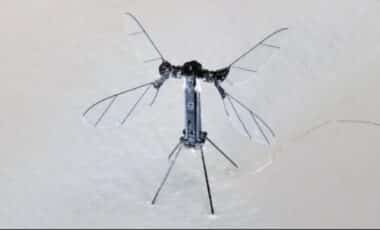Being there . . . on the plains of southeastern Russia on August 23, 1942, when GeneralFriedrich von Paulus led his 6 th Army across the Don River to barrel towards Stalingrad and theVolga. Reaching within a city block of the historic river shore in the downtown area, the infantryof the 6 th and tank men and their officers of the 16 th Panzer Division were jubilant becausecasualties were only moderate after facing brave, heroic hand to hand fighting and resolutefactoryworker defiance. Diving from the air above were Junkers Ju88 bombers and Ju87 Stukasreleasing their deadly loads on the entrenched Soviets before the besieging troops bargedthrough. When they spotted the river waters, the capture of the city was literally hours awayfrom defeat. A few days before, Hitler had boasted to the world that Stalingrad, in ruins anddevastation, had easily fallen. Hitler would soon pay for his overconfidence by losing World WarII on the Eastern Front.For the New Year, the title below was reviewed and is now highly recommended by Don DeNevi“STALINGRAD – – The Defeat of the German 6 th Army”, by Paul Carell. Schiffer Military/AviationHistory, Atglen, PA: 1933, first printed in German, English version in 1993; 352 pages,hardcover, 7 ¼” x 10 ¼”, maps and near 200 b&w-color photos, $39.99. Seewww.schifferbooks.com.General von Seydlitz , commander of the Sixth Army’s LI Corps, in his memoirs: “’It would neverhave come to this catastrophe of the collapse of the relief attempt to save Paulus if Hitler hadnot clung to Stalingrad like a maniac from the beginning to the end.”Adolf Hitler to Feldmarschall von Manstein on February 5, 1943: “I alone bear the responsibilityfor Stalingrad! I could perhaps say that Goring gave me an incorrect picture of the feasibility ofsupply by the Luftwaffe and thus lay at least part of the blame on him. But he is my designatedsuccessor and therefore I can’t burden him with responsibility for Stalingrad.”Author Paul Carell’s “STALINGRAD” was originally copyrighted in 1992, and published in 1933as “Stalingrad – Sieg und Untergang der 6.Armee”, by Verlag Ullstein in Frankfurt/Main.Immediately translated from the German into English, rights were wisely copyrighted bySchiffer Publishing Ltd, and what a special gift for serious, even curious, military buffs, WWIIEastern Front enthusiasts, and serious Stalingrad aficionados it turned out to be. As for popular,beloved, and highly respected Dr. Paul Carell (Philosophy), he was active in the foreign serviceas envoy from 1938, and, during the war, Director of the German Foreign Office’s PressDepartment. After World War II, he was active as a journalist while authoring such books as“Hitler Moves East”, “Scorched Earth”, “The Desert Foxes”, “Invasion! They’re Coming!” and“Operation Barbarossa in Photographs”. Obviously, no better qualified author deserved thehonor of officially chronicling the first true historical treatise on the horrendous battle.In this 50 th ANNIVERSARY BOOK, Paul Carell brings his brilliant meticulous skills to one of themost complex research assignments ever imposed on an author, by himself. From “CASE BLUE”,the German summer offensive of 1942 to the final house to house fighting in January 1943, all
is calmly explained and narrated in the matchless German style that once placed its war writers
atop the list of all Europe’s best, including the British. New data, information, and eyewitnessaccounts from previously unknown Russian sources, including new interpretations and analysesof the street fighting, find their way into pages’ replete with deaths and destruction. Carell,himself, rounded out the texts’ 27 maps and 190 newly discovered personal German black,white, and color photos. He then concludes his Foreword with a shocking prediction, “All of thisis reason enough to always remember and consider this 180-day battle, its mistakes andbrutalities, in order to see and understand what Clausewitz predicted, “. . .how it all happened
and how it will always happen.”








